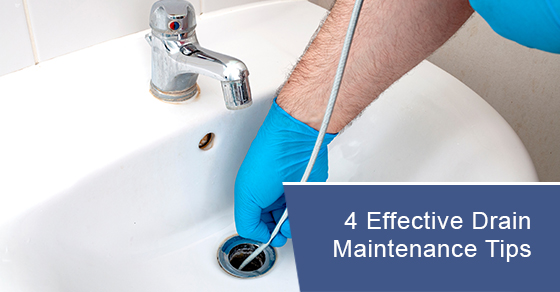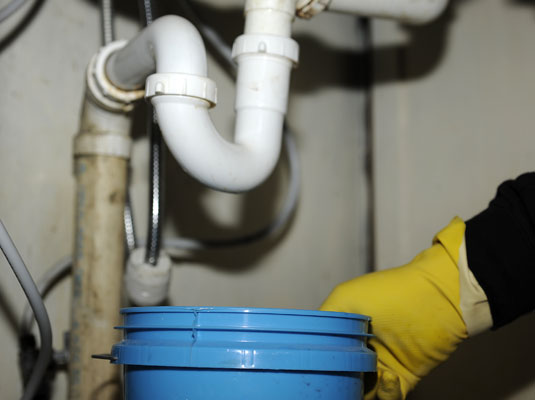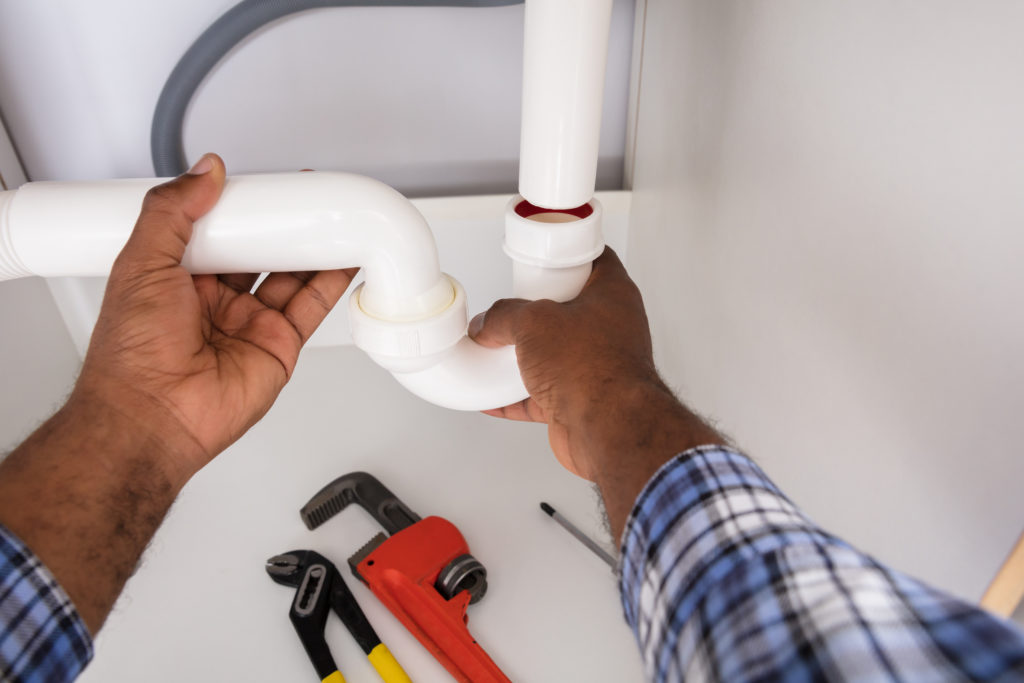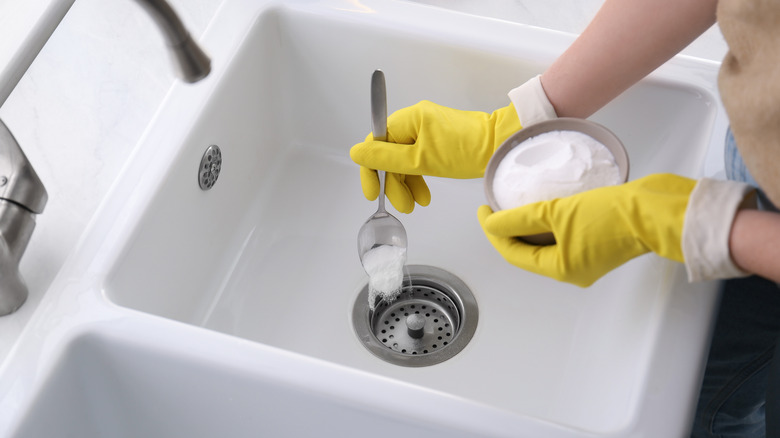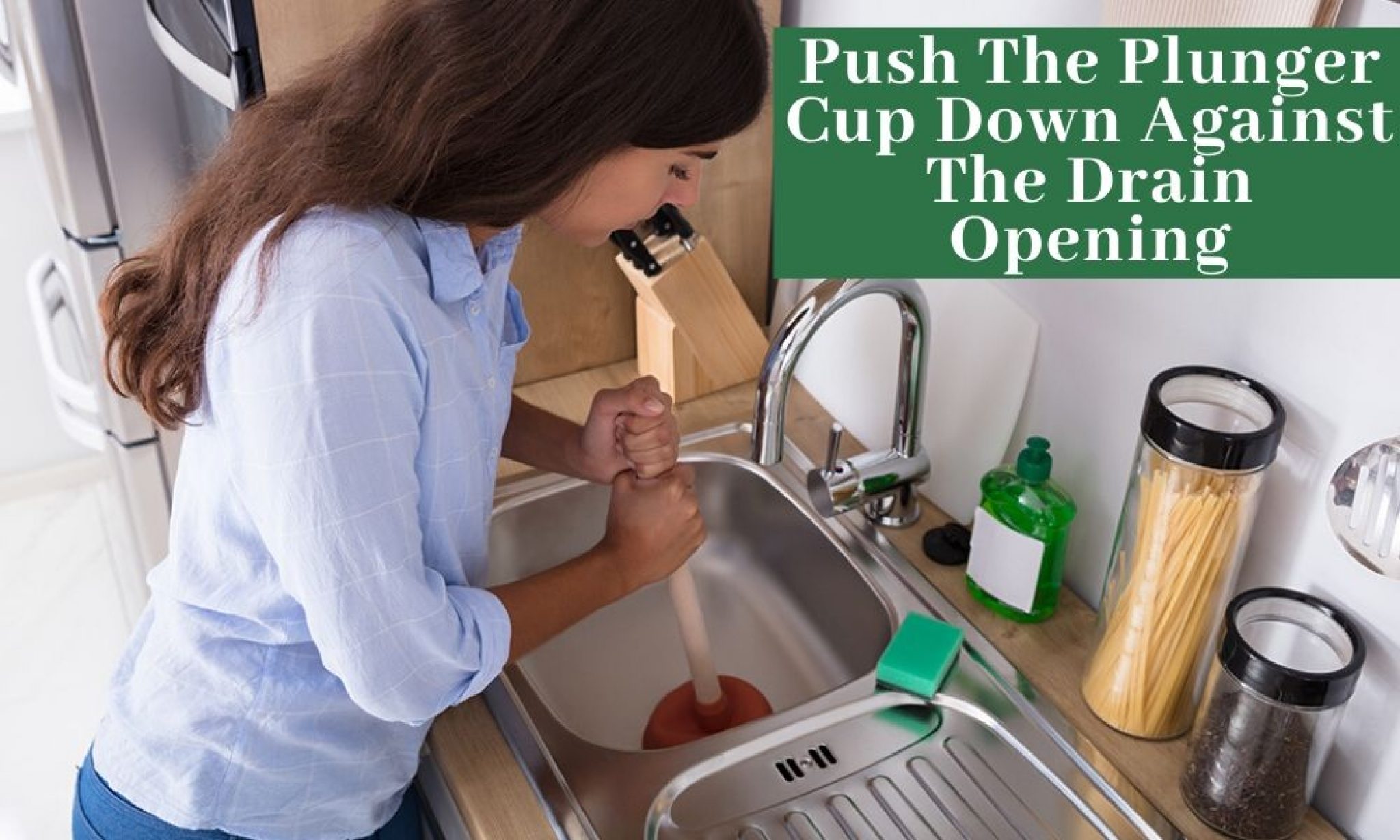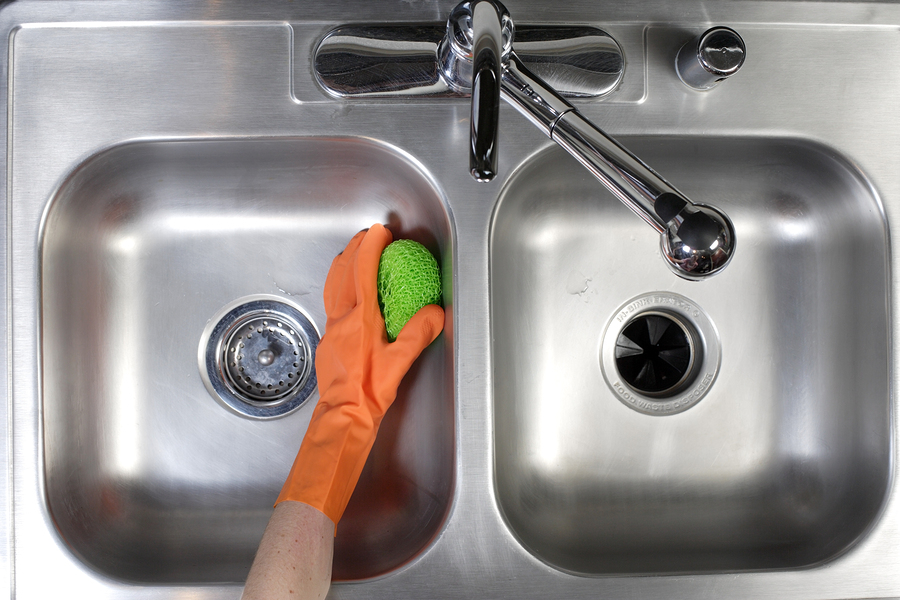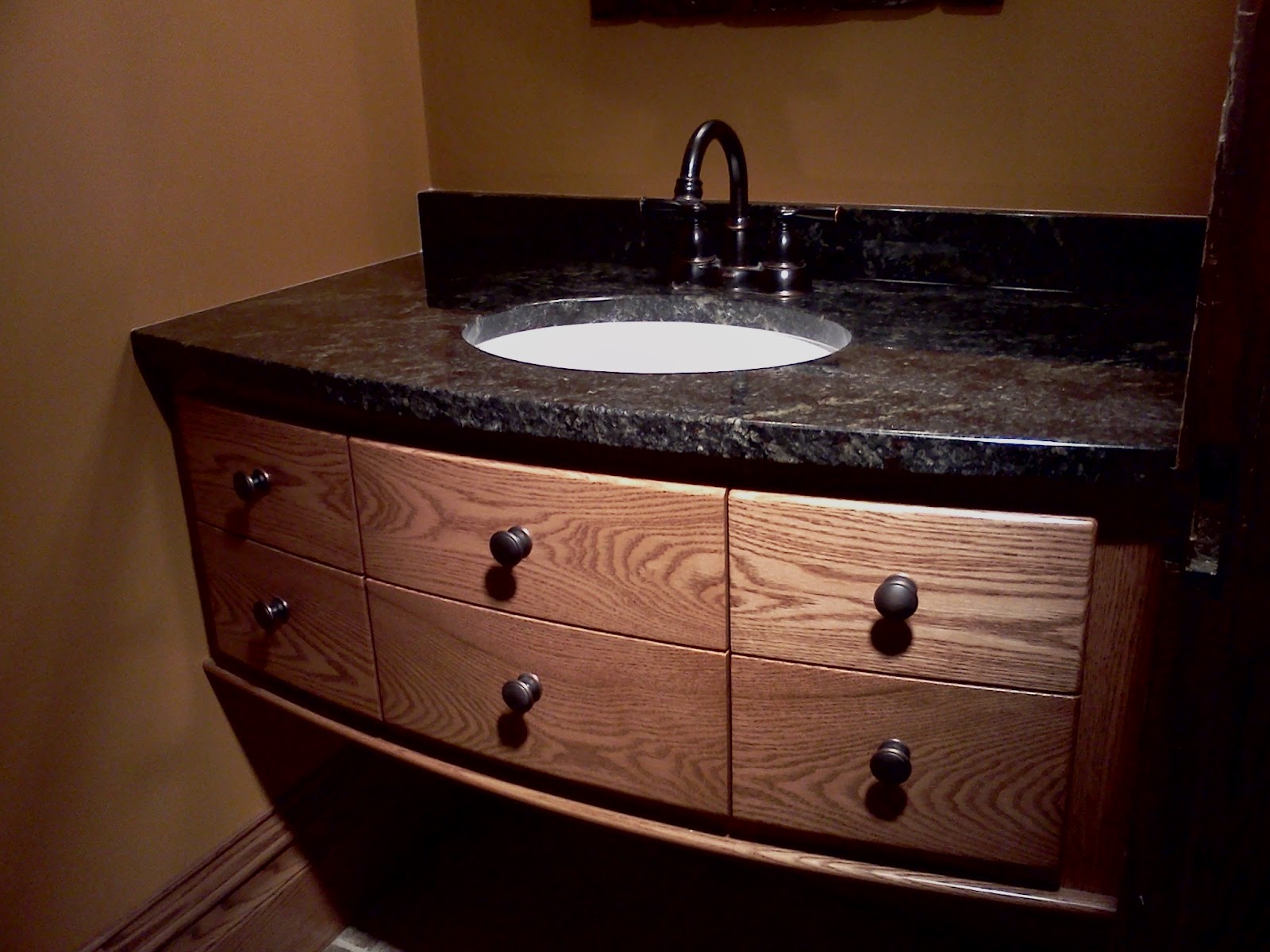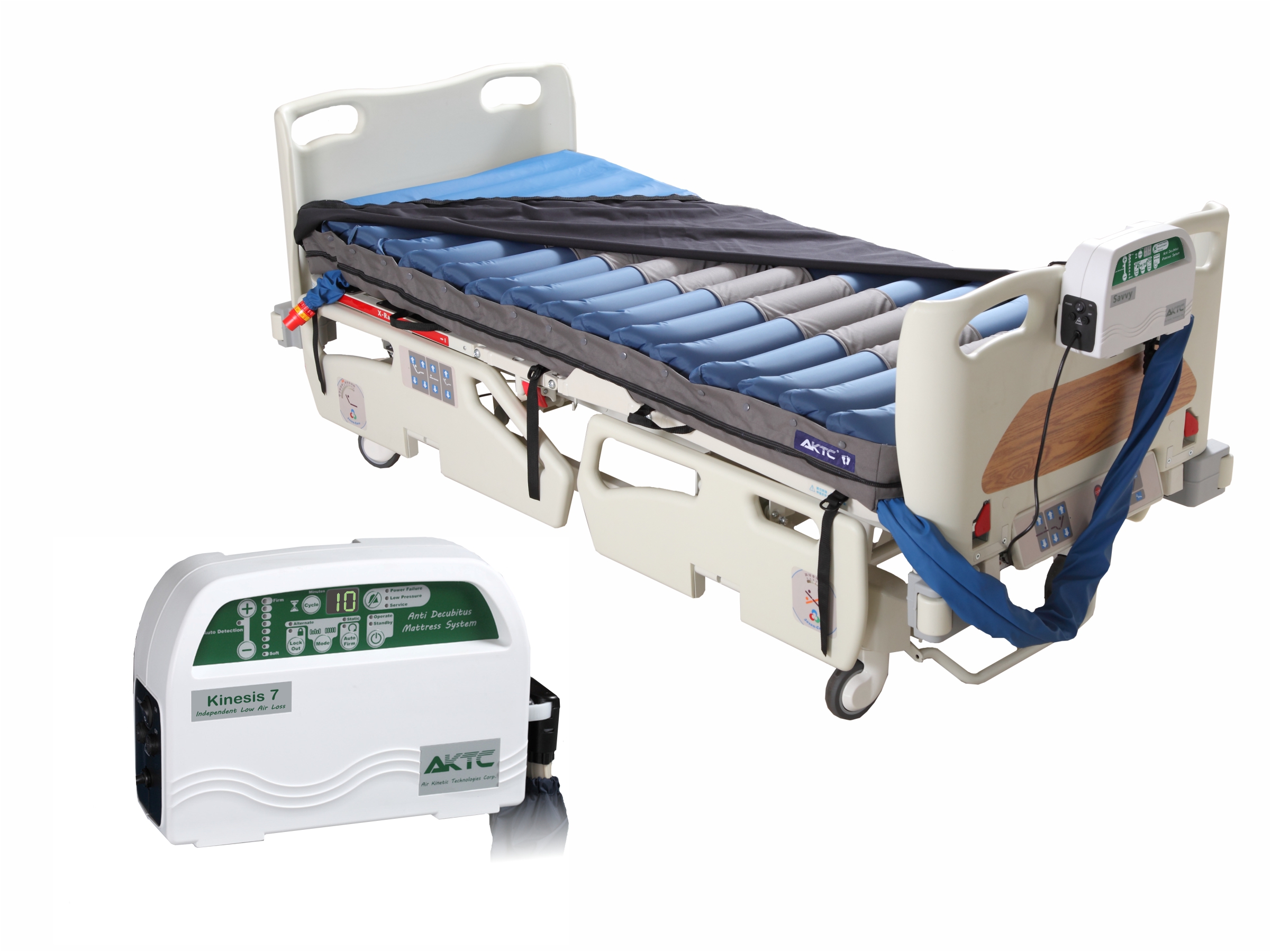Unclog a Kitchen Sink
If your kitchen sink is not draining properly, it can be extremely frustrating. Not only does it make it difficult to wash dishes and prepare food, but it can also cause unpleasant odors and even potential damage to your pipes. However, before you call a plumber and spend a significant amount of money, there are a few simple steps you can take to try and unclog your kitchen sink yourself.
How to Fix a Clogged Kitchen Sink
There are a few different methods you can use to fix a clogged kitchen sink, depending on the severity and cause of the blockage.
If your sink is only partially clogged, you can try using a plunger to clear the blockage. Make sure to cover the overflow holes with a wet cloth and create a tight seal around the drain with the plunger. Then, plunge up and down for about a minute and see if the water starts to drain. If it does, run hot water down the drain to clear out any remaining debris.
If the plunger doesn't work, you can try using a chemical drain cleaner. These products contain powerful chemicals that can dissolve and break down the blockage in your sink. Make sure to follow the instructions carefully and use protective gear, such as gloves and eye protection, when handling these cleaners.
DIY Kitchen Sink Drain Repair
If the above methods don't work or you prefer to use more natural solutions, there are a few DIY methods you can try to unclog your kitchen sink.
One method is to pour a mixture of equal parts baking soda and vinegar down the drain. This will create a chemical reaction that can help break down the blockage. Let the mixture sit for about 15 minutes, then pour hot water down the drain to flush out the debris.
You can also try using a plumbing snake to manually remove the blockage. Insert the snake into the drain and turn it clockwise to catch onto any debris. Then, pull it out and dispose of the debris. Repeat this process a few times until the water starts to drain properly.
Common Causes of a Clogged Kitchen Sink
Understanding the common causes of a clogged kitchen sink can help you prevent future blockages and keep your sink functioning properly.
One of the most common causes is food debris and grease buildup. Make sure to always scrape off excess food into the trash before washing dishes and avoid pouring grease down the drain. Another common cause is a buildup of soap scum and hair in the drain, especially if you have a garbage disposal. Regularly cleaning and maintaining your drain can help prevent these issues.
How to Use a Plunger on a Kitchen Sink
Using a plunger on a kitchen sink is a simple and effective method for unclogging a partially blocked drain.
Start by filling the sink with a few inches of water and covering the overflow holes with a wet cloth. Then, place the plunger over the drain and create a tight seal. Push the plunger up and down for about a minute, then check to see if the water starts to drain. If it does, run hot water down the drain to clear out any remaining debris.
Chemical Drain Cleaners for Kitchen Sinks
If you prefer to use a chemical drain cleaner, there are a few things to keep in mind to ensure safe and effective use.
First, make sure to follow the instructions carefully and use protective gear, such as gloves and eye protection. Also, avoid using chemical drain cleaners if you have a septic system, as they can kill beneficial bacteria in the tank. Finally, it's important to note that these cleaners can be harmful to the environment, so use them sparingly and responsibly.
How to Snake a Kitchen Sink Drain
Using a plumbing snake is another effective method for unclogging a kitchen sink drain.
Insert the snake into the drain and turn it clockwise to catch onto any debris. Then, pull it out and dispose of the debris. Repeat this process a few times until the water starts to drain properly. Make sure to clean the snake after each use to prevent spreading any bacteria.
Kitchen Sink Drain Maintenance Tips
Regular maintenance of your kitchen sink drain can help prevent clogs and keep your sink functioning properly.
One simple way to maintain your drain is to regularly pour boiling water down the drain to loosen and flush out any buildup. You can also use a mixture of baking soda and vinegar to help break down any debris. Additionally, avoid pouring grease or large food debris down the drain and clean your sink and drain regularly to prevent any buildup.
How to Remove and Clean a Kitchen Sink Trap
If none of the above methods work and you suspect that the blockage is in the trap, you may need to remove and clean it.
First, place a bucket underneath the trap to catch any water or debris. Then, use pliers or a wrench to loosen the nuts on either side of the trap and remove it. Clean out any debris and buildup, then reattach the trap and run water to see if the clog has been cleared.
Professional Kitchen Sink Drain Cleaning Services
If you've tried all of the above methods and your kitchen sink is still not draining properly, it may be time to call a professional drain cleaning service.
A professional plumber will have the necessary tools and expertise to fully clear any blockages and ensure that your sink is functioning properly. They may also be able to identify and address any underlying issues that may be causing frequent clogs.
By understanding how to unclog a kitchen sink and properly maintain your drain, you can save yourself time, money, and frustration in the long run. However, if you're unable to clear the blockage yourself, don't hesitate to seek professional help. A fully functioning kitchen sink is essential for any household, and it's worth investing in to ensure it runs smoothly.
How to Maintain a Properly Functioning Kitchen Sink Drain

Troubleshooting Tips for a Clogged Sink
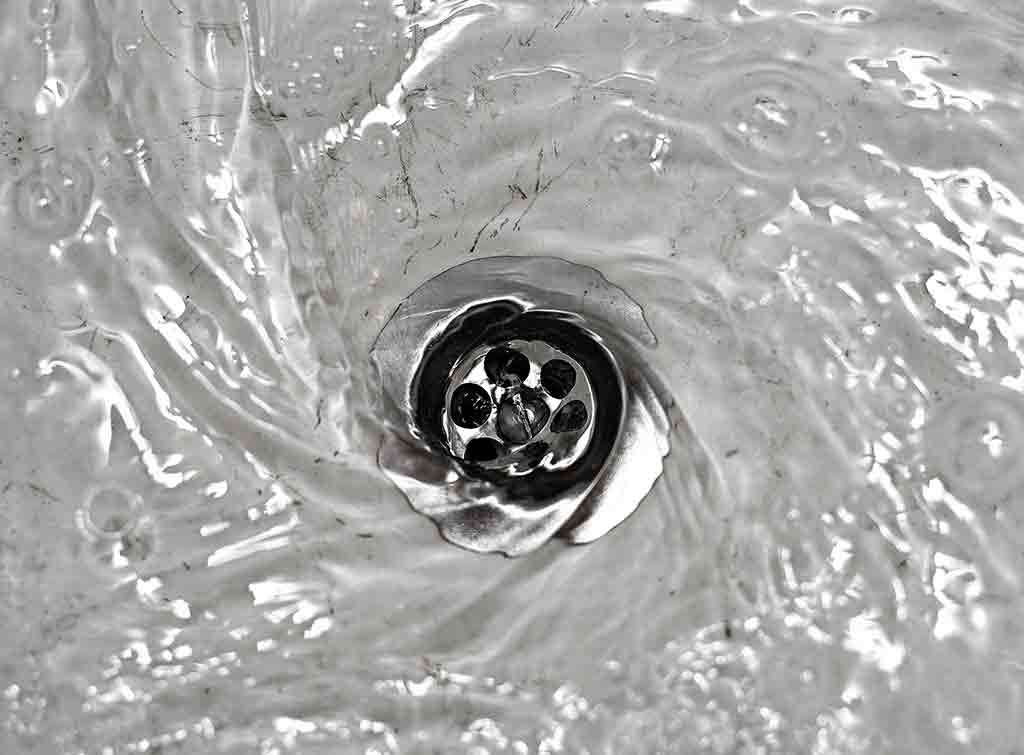 Having a clogged kitchen sink drain can be a major inconvenience, causing water to back up and making it difficult to complete daily tasks. If you're experiencing this issue, the first step is to determine the cause of the clog. Often, the culprit is a buildup of food particles, grease, or other debris in the drain. To tackle this problem, start by trying some simple troubleshooting tips.
1. Use a Plunger
The trusty plunger can be an effective tool in clearing a clogged kitchen sink drain. Make sure there is enough water in the sink to cover the plunger, then place it over the drain and push and pull vigorously. This will create suction and hopefully dislodge the blockage.
2. Try a Homemade Solution
If the plunger doesn't work, you can try using a homemade solution to break up the clog. Mix equal parts baking soda and vinegar, then pour it down the drain. Let it sit for 15-20 minutes and then flush it out with hot water. The chemical reaction between the baking soda and vinegar can help to dissolve and loosen the clog.
3. Use a Drain Snake
For tougher clogs, a drain snake can be a useful tool. This long, flexible tool can be inserted into the drain and used to push or pull out the clog. You can purchase a drain snake at most hardware stores, or you can make your own using a wire coat hanger.
Having a clogged kitchen sink drain can be a major inconvenience, causing water to back up and making it difficult to complete daily tasks. If you're experiencing this issue, the first step is to determine the cause of the clog. Often, the culprit is a buildup of food particles, grease, or other debris in the drain. To tackle this problem, start by trying some simple troubleshooting tips.
1. Use a Plunger
The trusty plunger can be an effective tool in clearing a clogged kitchen sink drain. Make sure there is enough water in the sink to cover the plunger, then place it over the drain and push and pull vigorously. This will create suction and hopefully dislodge the blockage.
2. Try a Homemade Solution
If the plunger doesn't work, you can try using a homemade solution to break up the clog. Mix equal parts baking soda and vinegar, then pour it down the drain. Let it sit for 15-20 minutes and then flush it out with hot water. The chemical reaction between the baking soda and vinegar can help to dissolve and loosen the clog.
3. Use a Drain Snake
For tougher clogs, a drain snake can be a useful tool. This long, flexible tool can be inserted into the drain and used to push or pull out the clog. You can purchase a drain snake at most hardware stores, or you can make your own using a wire coat hanger.
Preventative Maintenance for a Smooth-Running Drain
 While these troubleshooting tips can help to clear a clogged kitchen sink drain, the best solution is to prevent clogs from happening in the first place. Here are some preventative maintenance tips to keep your drain running smoothly:
1. Dispose of Food Properly
Avoid putting food scraps down the drain. Instead, scrape them into the trash or compost bin. Also, make sure to run plenty of water down the drain while using the garbage disposal to help prevent food particles from getting stuck.
2. Use a Strainer
Invest in a strainer that fits over your drain to catch any food particles or debris before they can cause a clog.
3. Regularly Clean Your Drain
Once a week, pour boiling water down the drain to help flush out any buildup. You can also use a mixture of hot water and dish soap to clean the drain.
By following these tips and implementing preventative maintenance measures, you can keep your kitchen sink drain running smoothly and avoid the frustration of dealing with a clog. If these methods don't work, it may be time to call a professional plumber for further assistance.
While these troubleshooting tips can help to clear a clogged kitchen sink drain, the best solution is to prevent clogs from happening in the first place. Here are some preventative maintenance tips to keep your drain running smoothly:
1. Dispose of Food Properly
Avoid putting food scraps down the drain. Instead, scrape them into the trash or compost bin. Also, make sure to run plenty of water down the drain while using the garbage disposal to help prevent food particles from getting stuck.
2. Use a Strainer
Invest in a strainer that fits over your drain to catch any food particles or debris before they can cause a clog.
3. Regularly Clean Your Drain
Once a week, pour boiling water down the drain to help flush out any buildup. You can also use a mixture of hot water and dish soap to clean the drain.
By following these tips and implementing preventative maintenance measures, you can keep your kitchen sink drain running smoothly and avoid the frustration of dealing with a clog. If these methods don't work, it may be time to call a professional plumber for further assistance.
/plumber-unclogging-kitchen-sink-169270382-5797a9355f9b58461f27f024.jpg)

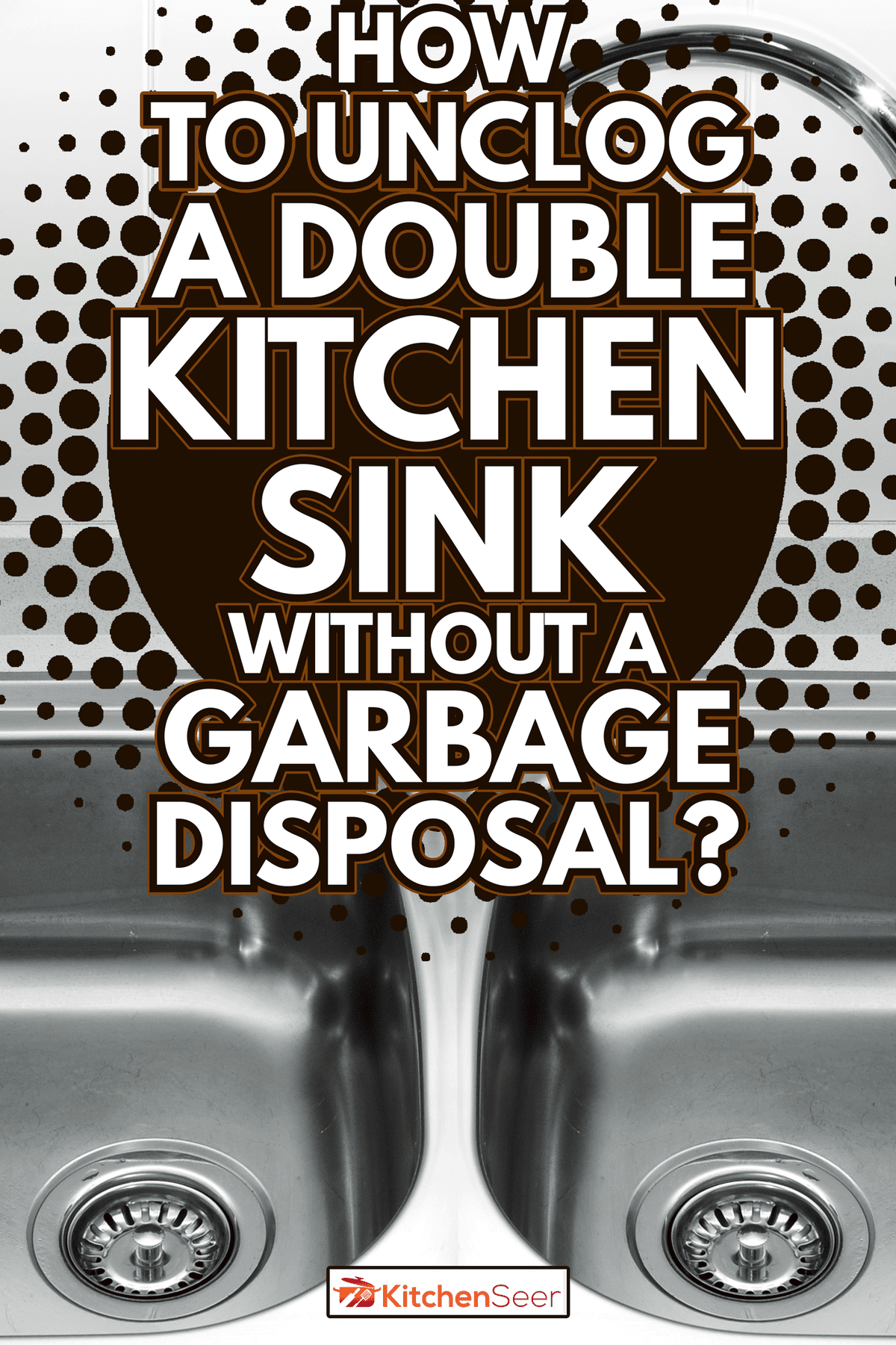



:max_bytes(150000):strip_icc()/how-to-unclog-a-kitchen-sink-2718799_sketch_FINAL-8c5caa805a69493ab22dfb537c72a1b7.png)



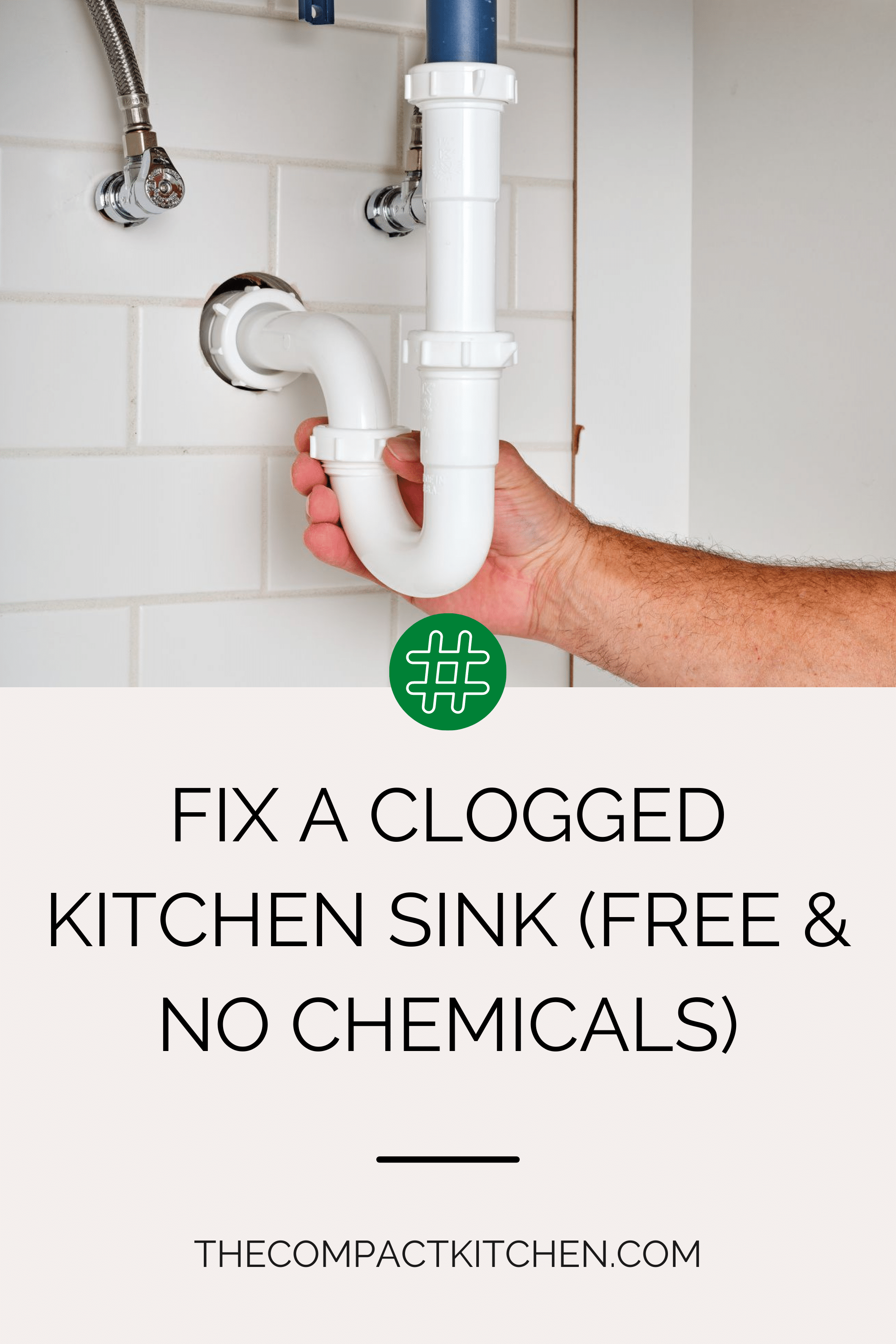





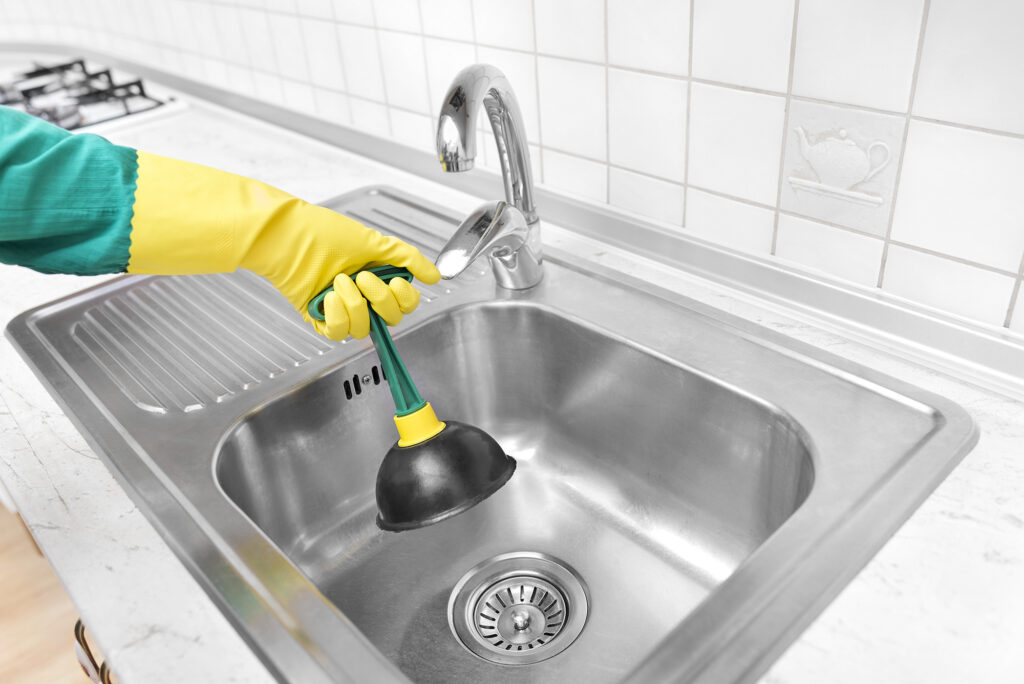


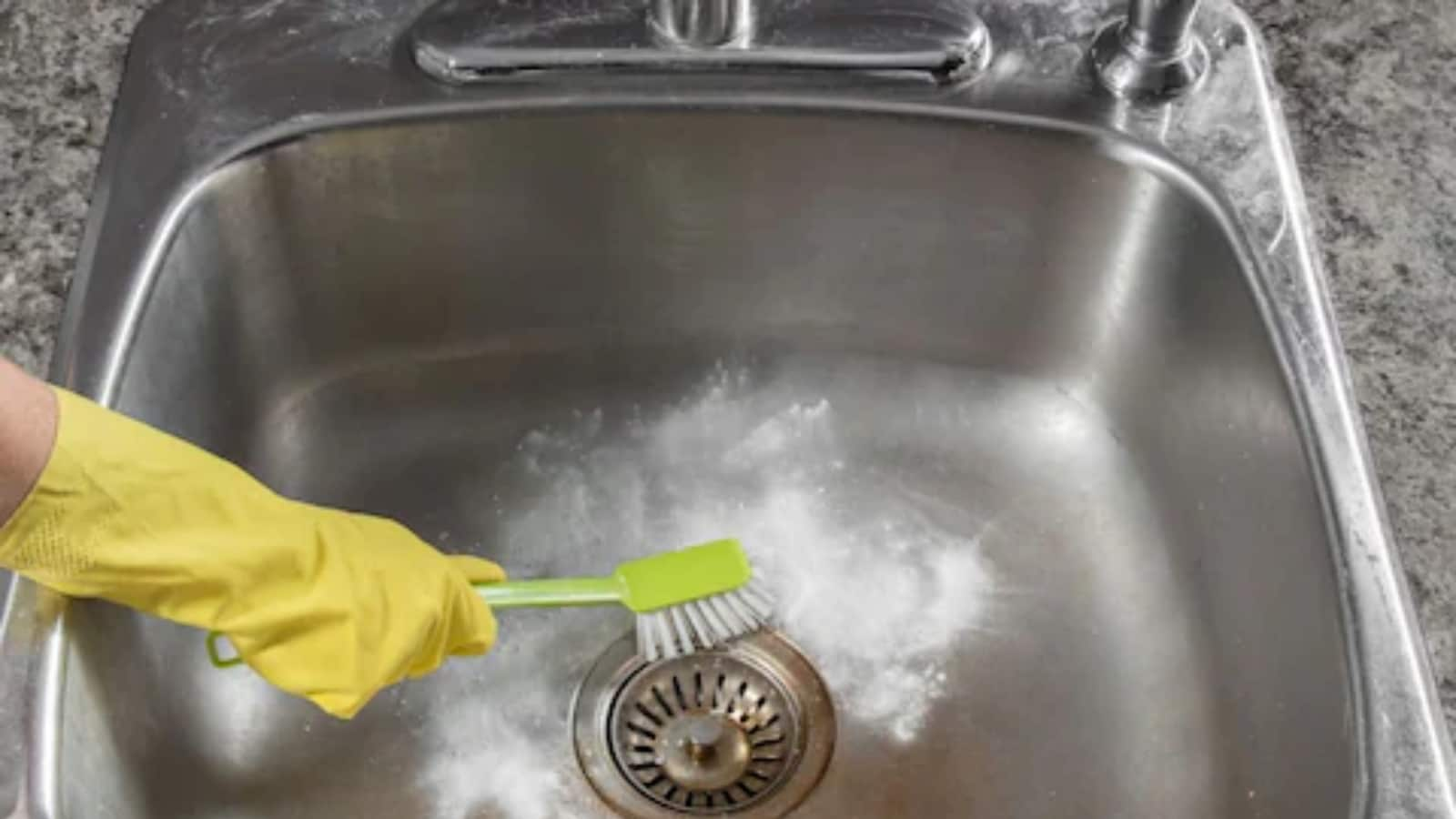
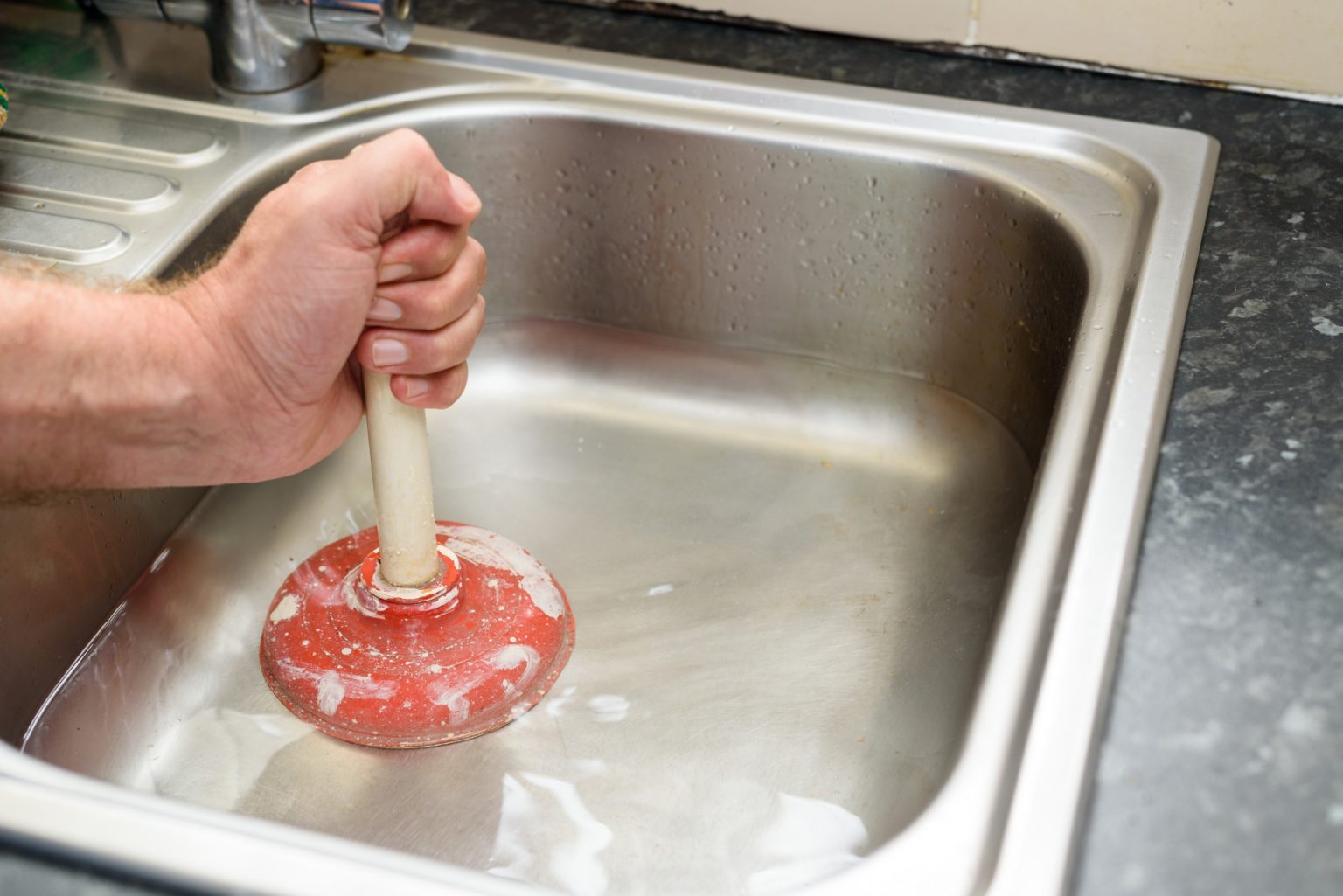











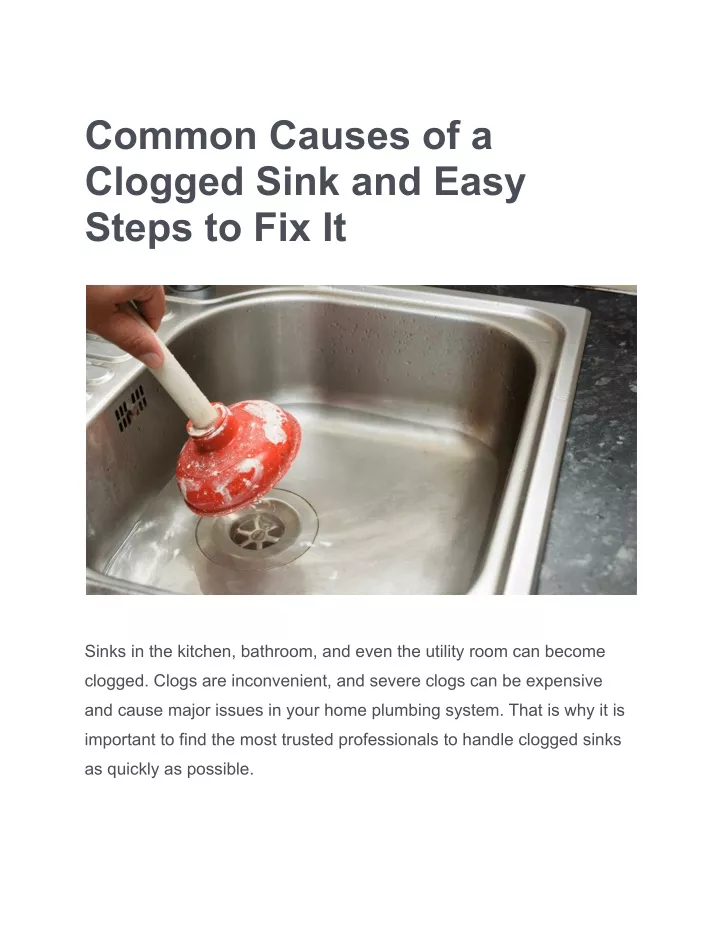




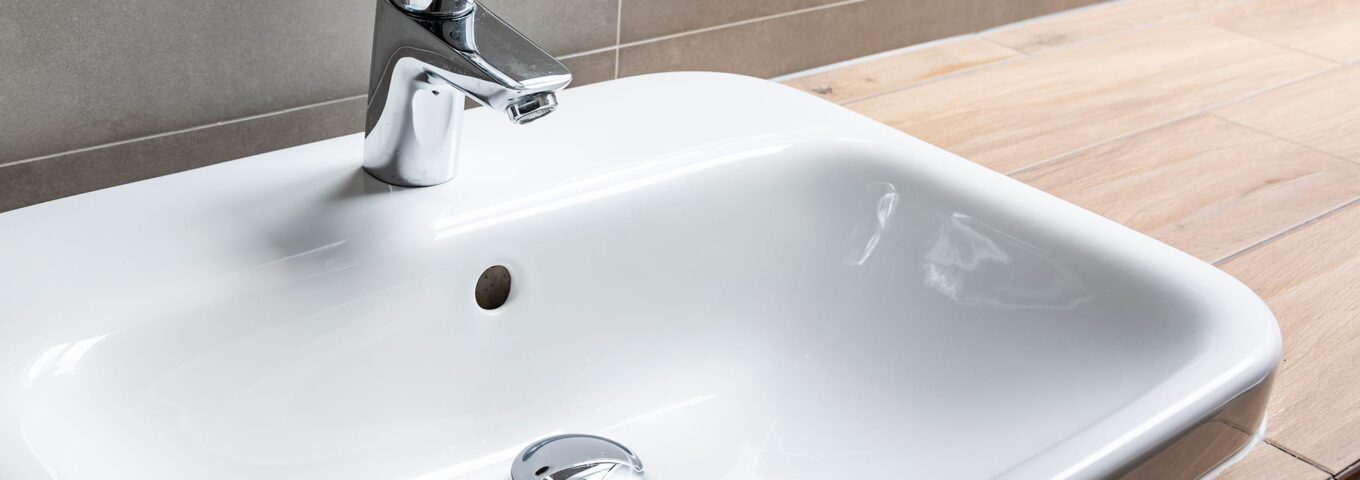
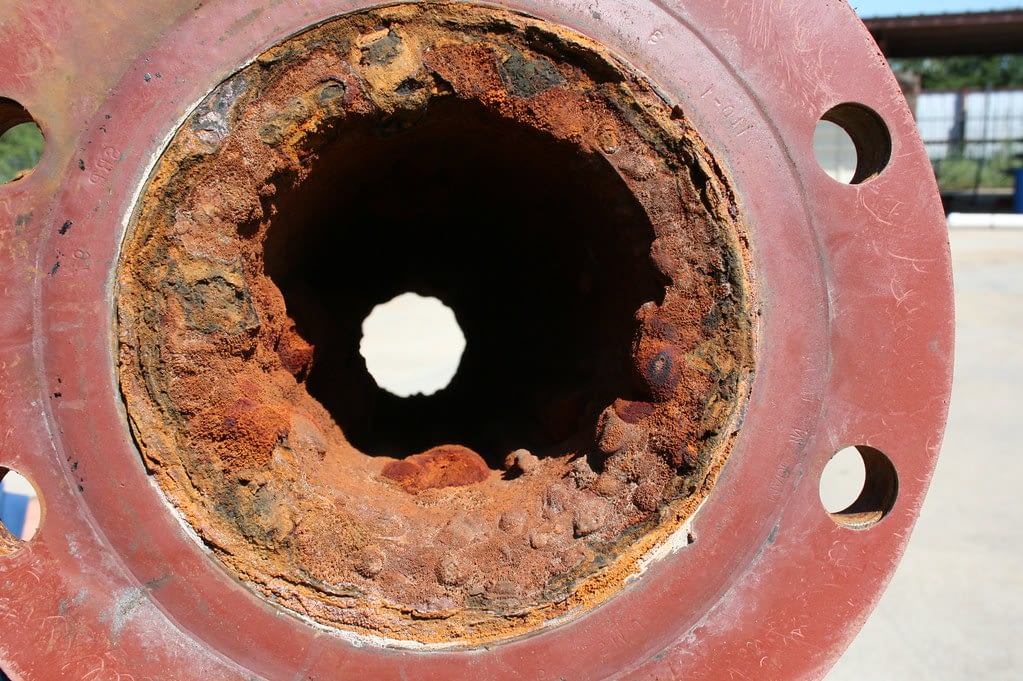

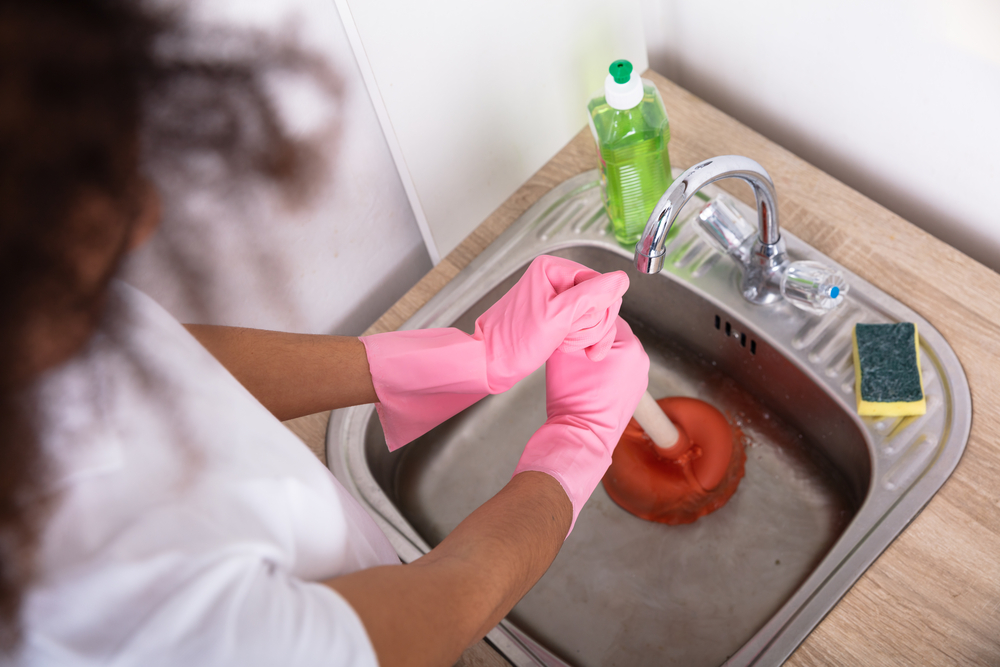




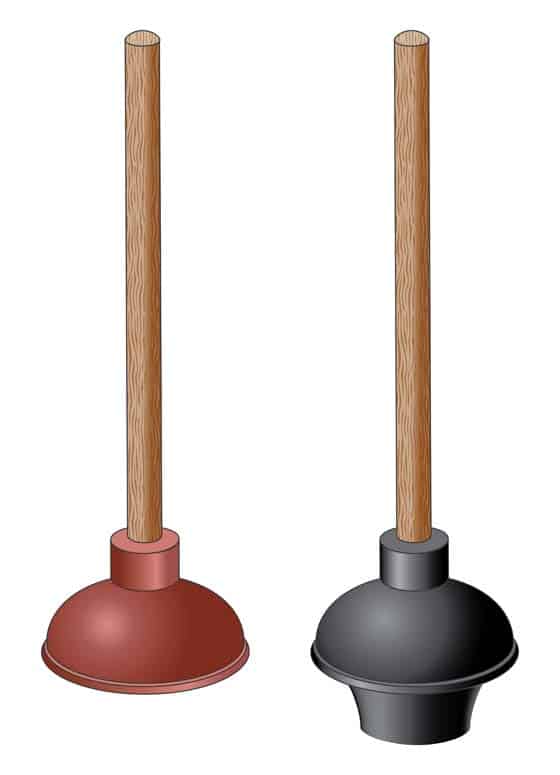


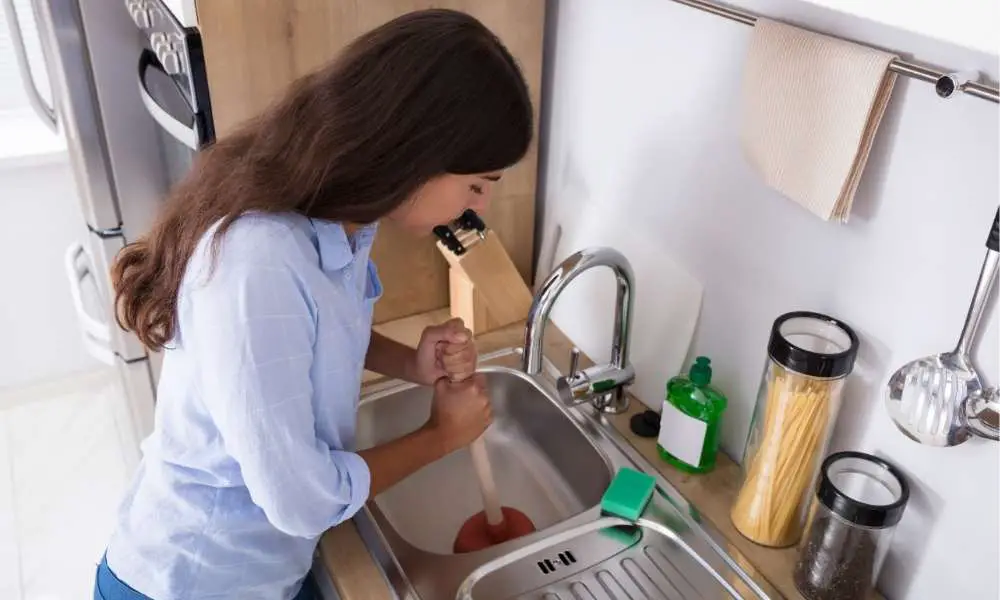
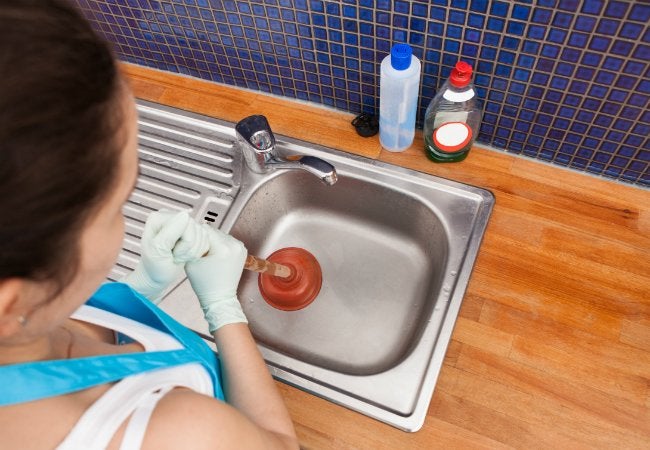
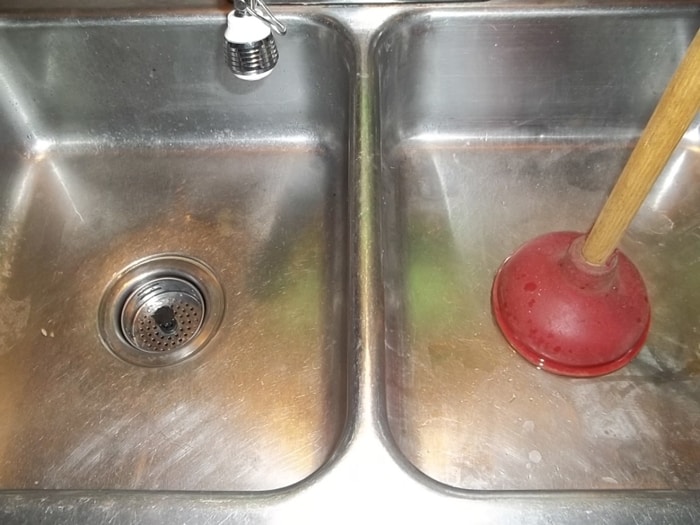
/woman-wearing-yellow-washing-up-gloves-to-unblock-sink-using-plunger-close-up-131987463-5887cfc03df78c2ccd92ec9e.jpg)


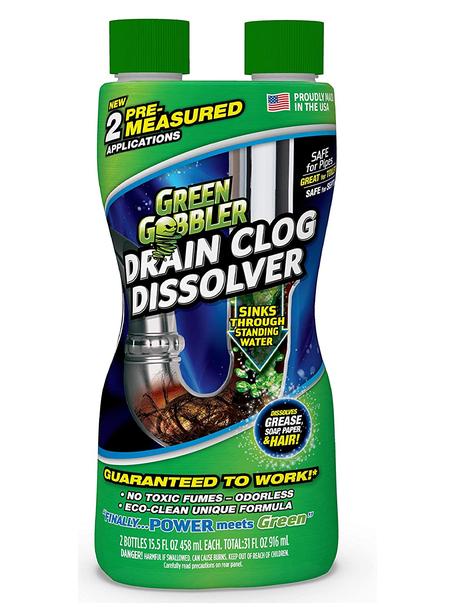





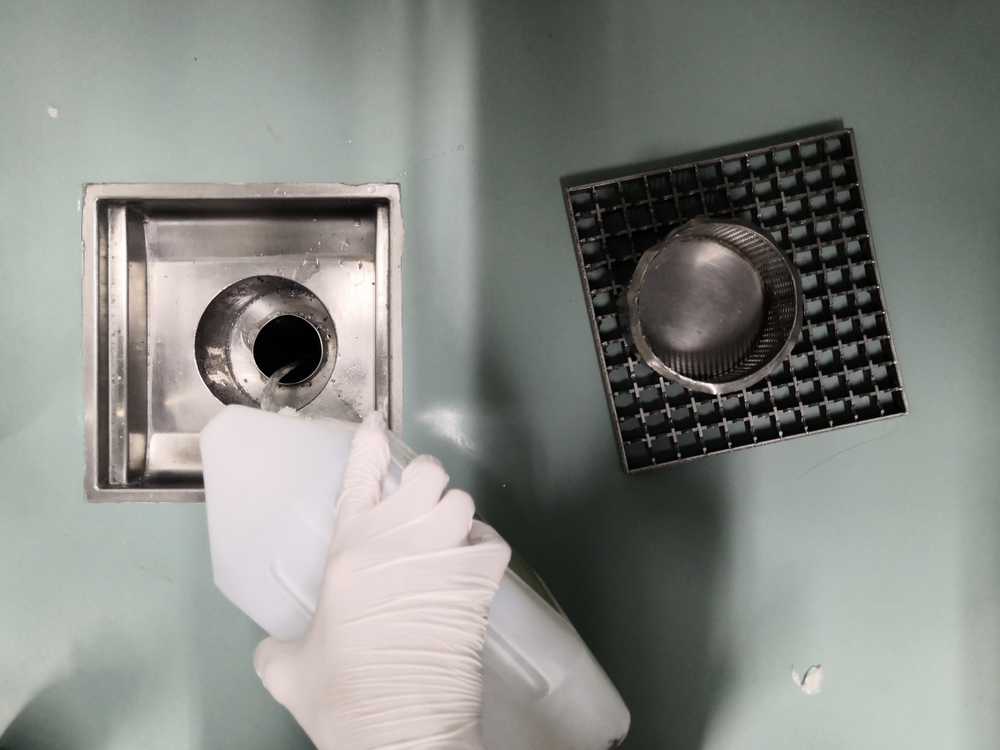





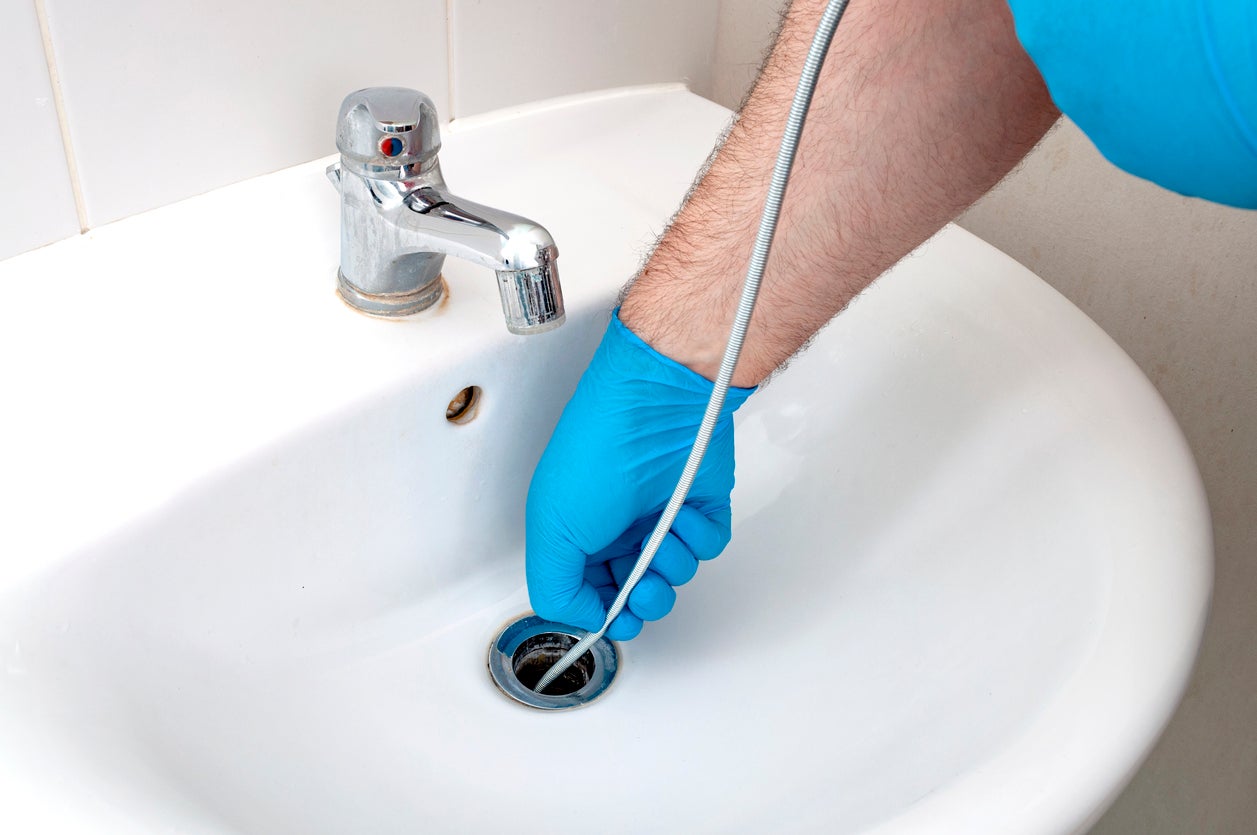






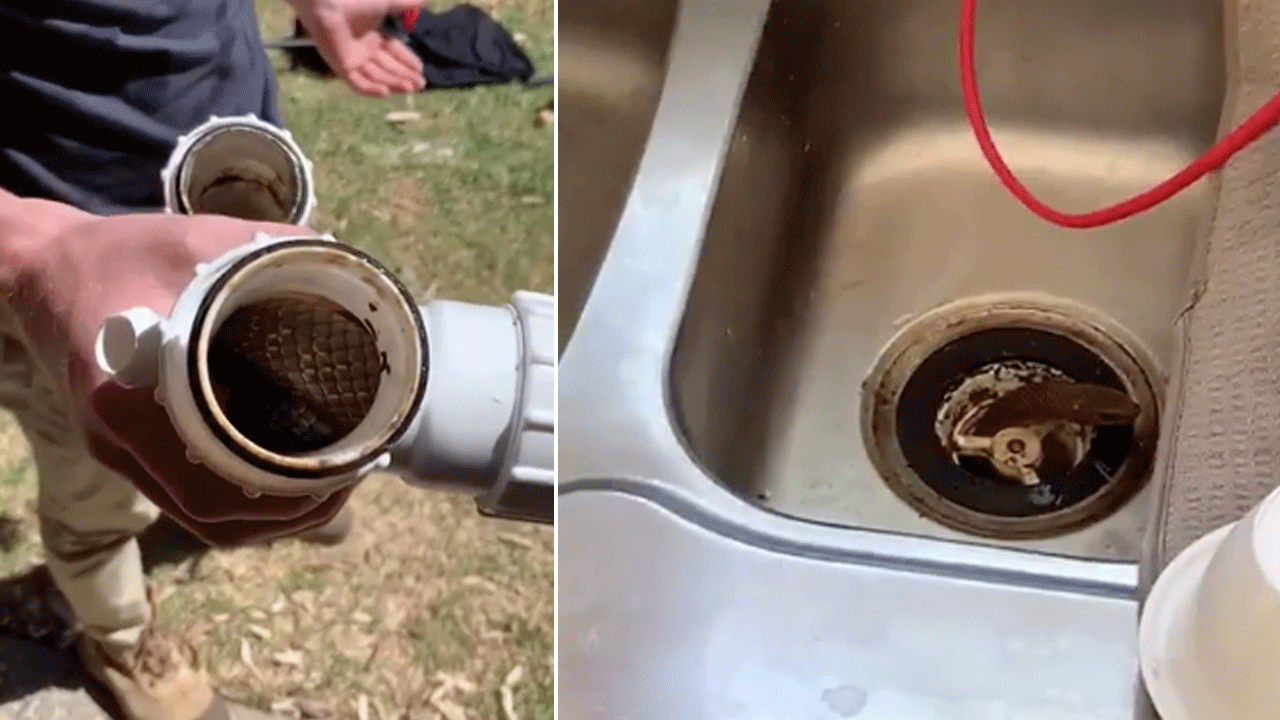




/how-to-install-a-sink-drain-2718789-hero-24e898006ed94c9593a2a268b57989a3.jpg)
/how-to-install-a-sink-drain-2718789-hero-b5b99f72b5a24bb2ae8364e60539cece.jpg)
